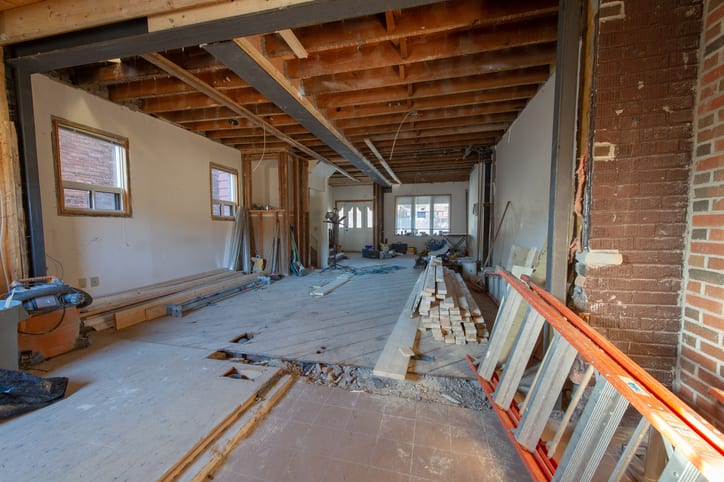
19 Jun Spell everything out when contracting a home reno project
All home renovation projects should start with a clearly written contract detailing exactly what the project encompasses and the costs involved, says Barrie civil litigator Scott Hawryliw.
“In my experience, most litigation in this area stems from the contractor and homeowner not being on the same page as to what the scope of the work will be,” says Hawryliw, founder of SRH Litigation.
He urges people to avoid verbal contracts but to instead demand that everything be in writing.
“There’s a value to putting things to paper because once it is written down you sometimes remember details that could cause a significant difference in price,” Hawryliw tells AdvocateDaily.com.
He says there are two types of construction contracts and each deals with cost issues differently. The first stipulates that all work will be done at a set hourly rate, with the cost of the materials added on top of that, while the second one establishes a final price upfront.
“Both contracts can be good, depending on your situation and your risk tolerance,” Hawryliw says.
He explains that the homeowner will get a good value from a time-and-materials contract, provided the project goes smoothly and is completed in a timely manner.
“If problems arise and the project takes longer than expected, that person may end up paying more,” Hawryliw says. “With the fixed-price contract, the homeowner has the certainty of locking in a price, even though the contractor will have a built-in margin of error within that price, raising it somewhat.”
He says the most common reason for renovation contract problems is that the desired work was not articulated clearly enough in the document.
“Be as specific as possible, stating such things as the quality of carpet to be laid or the type of cabinets to be installed,” Hawryliw says. “It is good to have as much detail as possible, especially about finishings.”
He says another common source of conflict is work added to the project without the original contract being changed.
“If a homeowner decides midstream to have a contractor do something differently, it is important to amend the contract to reflect those changes,” Hawryliw says.
Contractors are at risk in these circumstances, he says, suggesting they need to get signed change orders, specifying precisely what the project entails and how much more it will cost.
“Otherwise, the homeowner might argue that all work should be covered by the original contract, and the contractor may then end up in my office, putting a lien on your house,” Hawryliw says.
He says consumers need a basic understanding of how the home construction industry functions.
“On any large job, after you enter into a contract agreement with a general contractor, there’s a very good chance that firm will hire other people, or subcontractors, to do some of the tasks you want done,” Hawryliw says, giving the example of electricians and plumbers brought in for those specialized jobs.
“If the general contractor doesn’t pay them, the subcontractors — someone you may never have heard of or dealt with — can put a construction lien on your house, demanding payment,” he says.
For that reason, Hawryliw advises homeowners to pay attention to whether the general contractor is properly reimbursing tradesman on the property.
“This is a real risk when making renovations, and there’s no perfect way to avoid it,” he says, recommending that homeowners hold back some funds until after the construction lien limitations have expired.
“In most cases, however, that is not going to be enough if the general contractor did not pass any of the money along to the subcontractors,” Hawryliw says.
If a homeowner wants the renovation finished at a specific time — such as during the summer while the family is at the cottage — the desired start and end time should be stated in the contract, he says.
With many renovations, the homeowner is expected to go to the store and pick out items such as the hardwood flooring they want or the colour of the paint, Hawryliw says, and he advises people to do that in a timely manner or else the contractor may move on to other projects.
Disagreements about the payment schedule are also common, he says, noting it is common to pay 10 per cent upon the signing of the contract, then more payments as the work progresses.
“The contract has to clearly spell out when the money is to be paid, and how much is due,” Hawryliw says.


No Comments